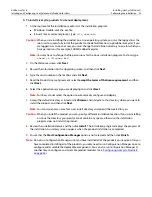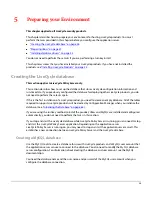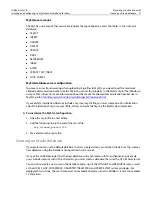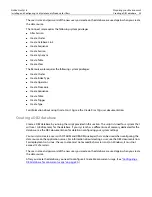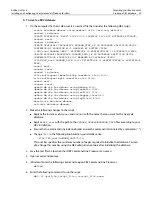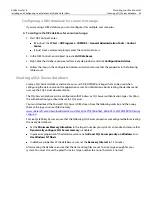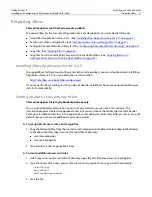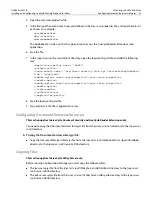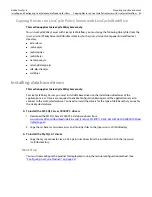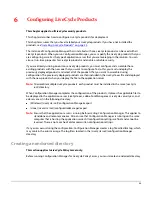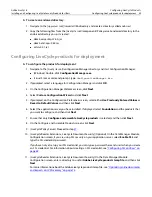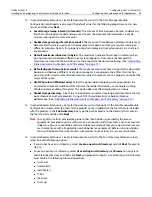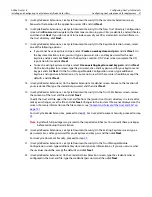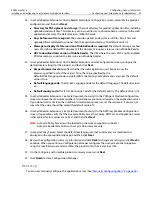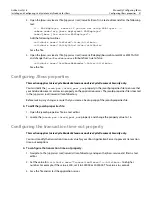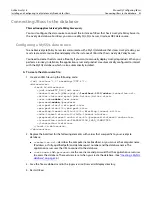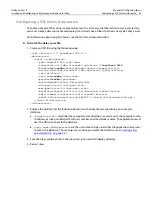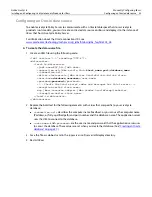
Adobe LiveCycle
Preparing your Environment
Installing and Configuring LiveCycle Security Products for JBoss
Creating a DB2 database 39
➤
To create a DB2 database:
1. On the computer that hosts DB2, create a new text file that includes the following DB2 script:
create database
dbname
using codeset utf-8 territory default;
connect to
dbname
;
CREATE BUFFERPOOL "BP8K" SIZE 50000 PAGESIZE 8192 NOT EXTENDED STORAGE;
connect reset;
connect to
dbname
;
CREATE TEMPORARY TABLESPACE
DBNAME
_TEMP_8K IN DATABASE PARTITION GROUP
IBMTEMPGROUP PAGESIZE 8192 MANAGED BY SYSTEM USING
('
DB2_root
\
DBNAME
_TEMP') EXTENTSIZE 32 PREFETCHSIZE 16 BUFFERPOOL BP8K;
CREATE REGULAR TABLESPACE
DBNAME
_DATA_8K IN DATABASE PARTITION GROUP
IBMDEFAULTGROUP PAGESIZE 8192 MANAGED BY DATABASE USING
(FILE'
DB2_root
\
DBNAME
_DATA'9000) EXTENTSIZE 16 PREFETCHSIZE 16 BUFFERPOOL
BP8K;
commit work;
connect reset;
connect to
dbname
;
alter bufferpool ibmdefaultbp immediate size 96000;
alter bufferpool bp8k immediate size 32000;
commit work;
connect reset;
update db cfg for
dbname
using dbheap 4000;
update db cfg for
dbname
using logbufsz 2048;
update db cfg for
dbname
using locklist 2000;
update db cfg for
dbname
using chngpgs_thresh 40;
update db cfg for
dbname
using logfilsiz 4000;
deactivate database
dbname
;
activate database
dbname
;
2. Make the following changes to the script:
●
Replace the instances of
dbname
and
DBNAME
with the name that you want for the LiveCycle
database.
●
Replace
DB2_root
with the path to the
DBNAME
_TEMP
and
DBNAME
_DATA
files according to your
DB2 installation.
●
Ensure that no commands include line breaks and each command is terminated by a semicolon (“;”).
●
Change
9000
in the following line based on your database size:
(FILE'DB2_root\
DBNAME_DATA
'9000)
This number specifies the minimum number of pages required to initialize the database. You can
also change this number using the DB2 administration tools after initializing the database.
3. Save the text file in a location that DB2 Command Line Processor can access.
4. Open a command prompt.
5. (Windows) Enter the following command to open DB2 Command Line Processor:
db2cmd
6. Enter the following command to run the script:
db2 -tf <path_to_script_file>/<script_file_name>










